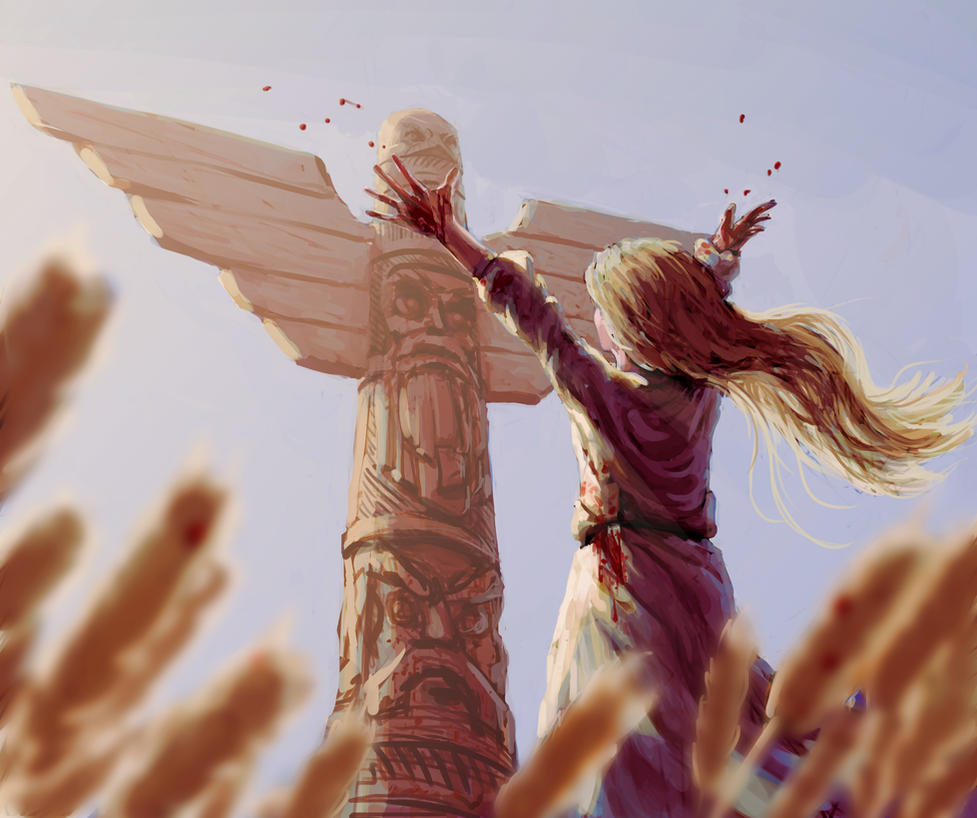 |
| Image Source: https://en.wikipedia.org/wiki/Headless_Horseman |
Since this has become a Wednesday blog (except on days where I screw up my schedule), and since this Wednesday happens to also be Halloween I figure why not lean into it a bit....
Previous Holiday Interludes
- 2014
- 2015
- 2016
- 2017
Headless Horsemen
Headless horsemen are undead creatures that ride coal blac steeds which themselves are spectral in nature. Headless horsemen are vengeance bound either to slay all the living relatives of those who beheaded them, or to fulfill the requirements of their last earthy goals. Headless horsemen will often pursue their targets doggedly within their range which is often geographically limited by way of running water, a common barrier against undead. Most headless horsemen will have a false head made of a pumpkin or similar which burns with ghostly, hellish flames and can be thrown as a weapon.
DCC/MCC
Init +4; Atk Cavalry Sabre +3 melee (1d8+2), Pumpkin Head SP, Steed Trample +1 melee (1d7), Steed Kick +1 (1d8); AC 14; HD 4d8; MV 50’ or teleport 100' as an action; Act 1d20 & 1d16 (steed); SP Pumpkin Head: The horseman can throw their pumpkin head once per night tp to 50' dealing 2d8 explosive damage within a 10' radius (DC 12 reflex for half); Undead; Immune to blinding and critical hits targeting the head; SV Fort +3, Ref +2, Will +2; AL L.Cypher System
Level: 5 (TN 15)
Health: 15 • Armor: 1
Damage: 5
Movement: Long
Modifications: Might saves as level 7, immune to blinding & attacks affecting the head.
Combat: In combat the rider will attack with a saber for 5 points of damage. Once per evening it may also throw it's pumpkin head up to short range; the head explodes for 5 points of damage within immediate range. The steed may also attack as a level 3 creature for 3 points of damage with a trample or kick attack.
Interaction: The horsemen cannot be bargained with and will attack without fear. They may be defeated by crossing running water or by destroying their original body.
Use: Headless Horsemen are often found haunting sites of battle or guarding a specific location for a powerful necromancer (who likely created it).
Loot: A defeated horseman will leave behind it's pumpkin head, a level 5 cypher than can be thrown up to short range dealing 5 points of damage within immediate range. This is not found if the horseman uses it instead.
GM Intrusion: The horseman pulls a pistol or musket and fires a shot at up to long range at level 4 for 6 points of damage.


